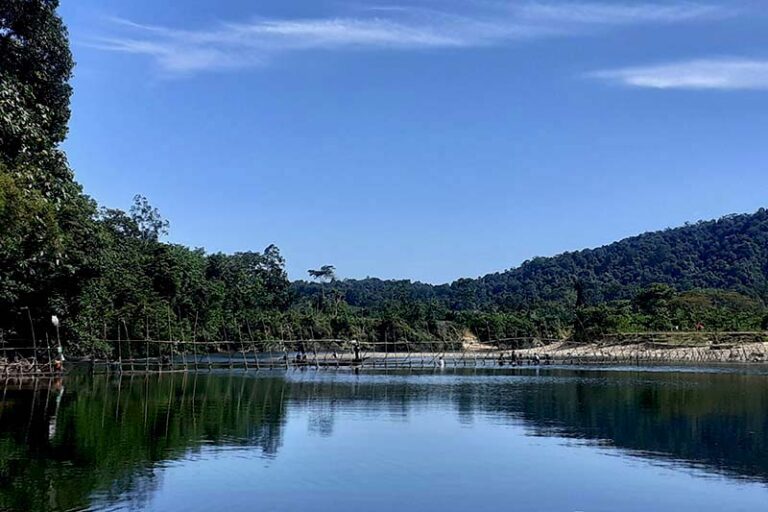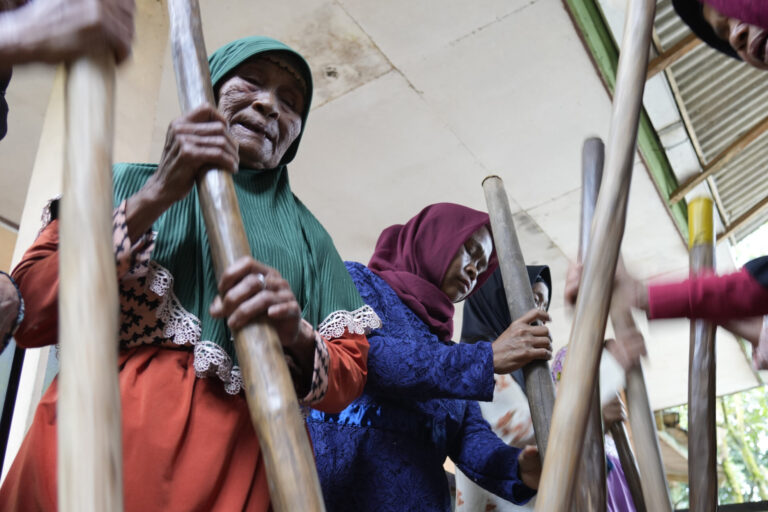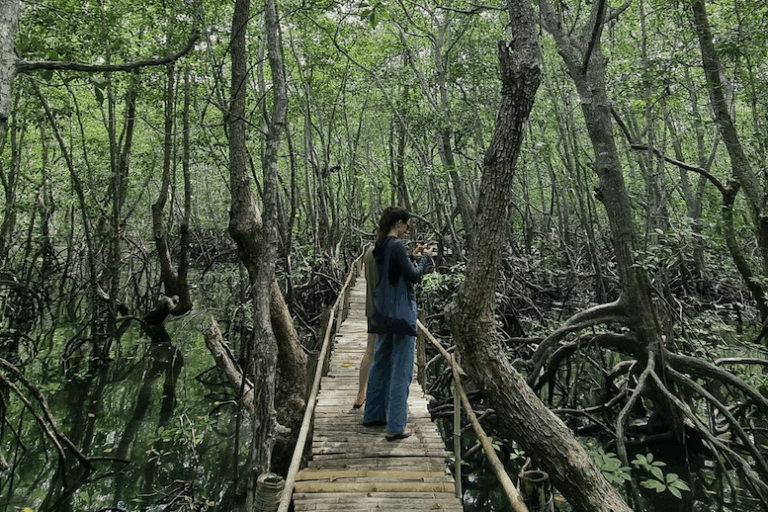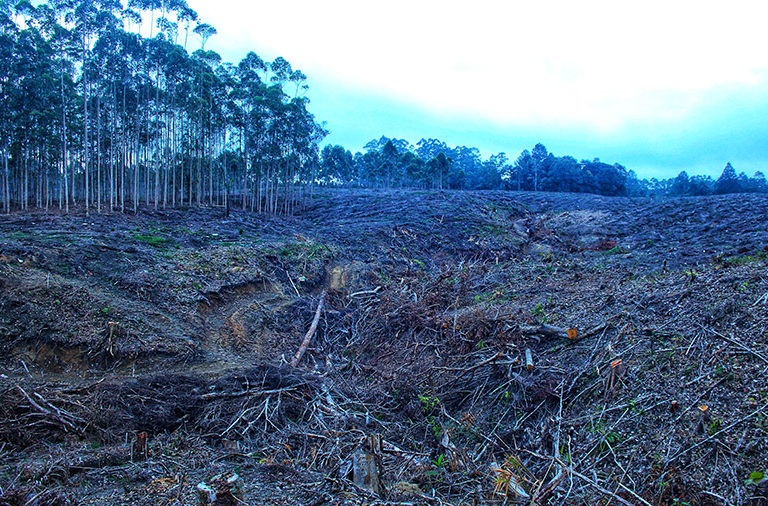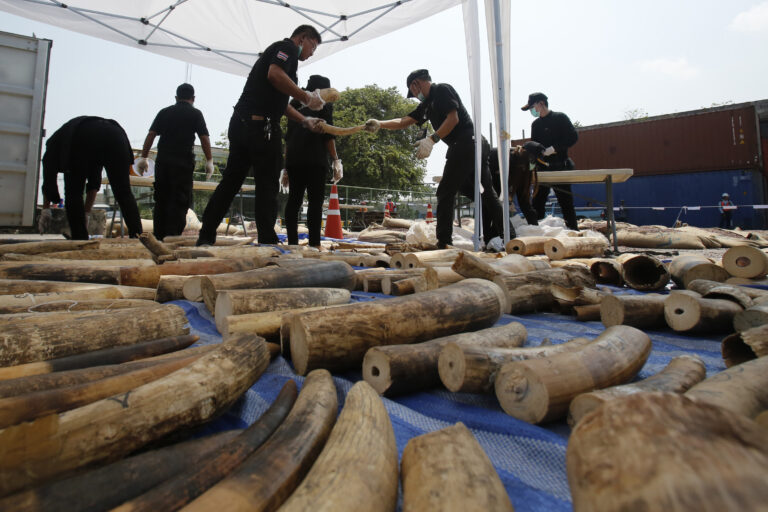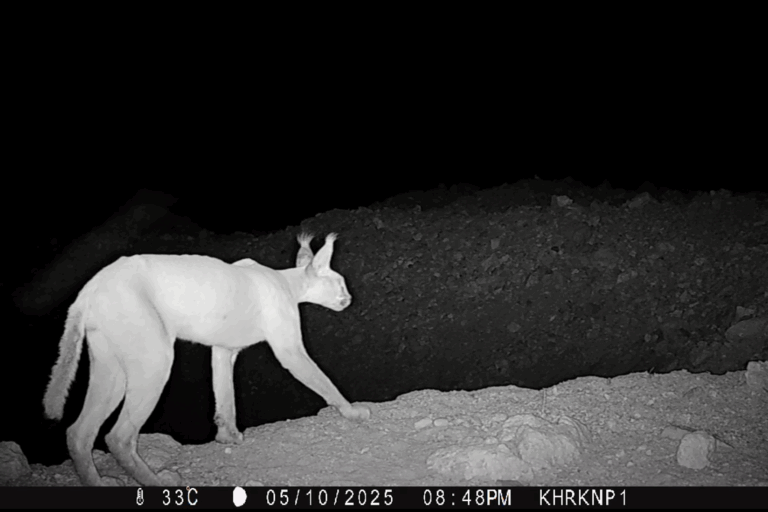A new study finds that Afro-descendant communities in four Amazonian countries are linked to lands with high biodiversity and 29-55% less deforestation compared with protected and unprotected areas.
More than 130 million people in Latin America identify as Afro-descendant peoples (ADP), descendants of those forcibly brought to the Americas during the slave trade.
“What we try to do here is shed light on [communities] that have been cultural and environmental stewards of their lands for hundreds of years,” Sushma Shrestha, lead author of the study and a social scientist at Conservation International’s Moore Center for Science, told Mongabay in a press conference.
The study combined spatial analysis of forests, wildlife and ADP communities with historical land management data to examine the conservation impacts of ADP in Brazil, Ecuador, Colombia and Suriname. In these regions, ADP communities have recognized management rights to nearly 10 million hectares (24 million acres) of land.
Although legally recognized ADP lands in the study area cover just 1% of the total region, researchers found they disproportionately support high levels of biodiversity compared with protected areas and unprotected control sites. More than half these lands fall within the top 5% of the most biodiverse regions globally, overlapping with habitat for more than 4,000 species of terrestrial vertebrates, 9% of which are listed as threatened on the IUCN Red List, the researchers note. These lands also contain significantly higher rates of irrecoverable carbon — carbon that if released by land use change will take decades to recover.
More than 10 million Africans were forced into slavery; roughly 90% were brought to Latin America nearly half of them to Brazil alone. Those who escaped slavery often fled to remote areas including forests, mangroves and marshlands. There, they combined traditional knowledge with the new environment and created innovative survival and stewardship practices that were passed on to living descendants like Hugo Jabini, a Saramaka Maroon leader and 2009 Goldman Prize Winner.
“Our land management practices combine traditional African knowledge with the Amazon Rainforest. The areas where we have lived have become healthier and sustained entire communities,” Jabini, not involved with the study, said in the press conference.
The study notes, for example, that many enslaved people applied their traditional principles of growing food forests to the plants and animals they found in the New World. Such food forests sustained a variety of plants for food and medicinal uses; they also provided shelter and spiritual connection. Actively managing the land for such a diversity of needs resulted in food forest landscapes that served as “refuges for diverse plant and animal species,” the study notes.
Shrestha said she hopes this study will lead to the inclusion of more ADP in climate talks. “We need all hands on deck, all of us working on this to resolve and solve the problem of climate change,” she said.
Banner image: An Afro-descendent community in Ecuador. Image courtesy of Conservation International.







